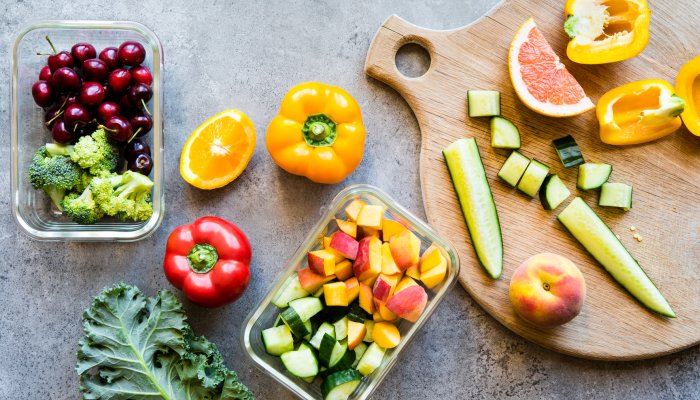I Study Multiple Sclerosis & This Is The Diet I Recommend For Quality Of Life

To date, my team has conducted four clinical studies of the effect of the Wahls™ diet—a nutrient-rich paleo diet that includes greens, sulfur-rich and deeply colored vegetables, berries, grass-fed meat, wild fish, organ meat, and seaweed. Through my research, I have consistently found that people experience less fatigue and better quality of life as they followed this diet.
We just published a much larger study titled “Dietary Approaches to Treating Multiple Sclerosis,” where we enrolled 87 patients with relapsing-remitting M.S. and took baseline measurements of fatigue, quality of life, and walking endurance. We asked them to eat their usual diet and observed them for 12 weeks and repeated all the measures. Next, we randomly selected patients to begin either the Swank diet or the Wahls elimination diet. We repeated all measurements at 12 and 24 weeks.
For a little background, the key elements of the Wahls diet include eating six to nine cups of nonstarchy vegetables and berries and excluding gluten, dairy, and eggs. While the key of the Swank diet is limiting saturated fat to less than 15 grams per day. (Learn more about the Wahls diet here and the Swank diet here.)
Fatigue, quality of life, and walking endurance were largely stable during the observation phase, when participants were eating their usual diets. After 12 weeks, both groups experienced a reduction in fatigue severity and improvements in quality of life; however, their walking endurance did not change. Notably, the Wahls diet group had significantly better quality of life than the Swank group.
After 24 weeks, improvements continued in both groups, but those on the Wahls diet now had significantly greater reduction in fatigue, more improvements in quality of life, and significantly better walking endurance—compared to those on the Swank diet.
In the future, we plan to conduct larger studies with controls (people who follow their regular diet) and we will follow people for longer periods.
This article was originally published by mindbodygreen.com. Read the original article here.




